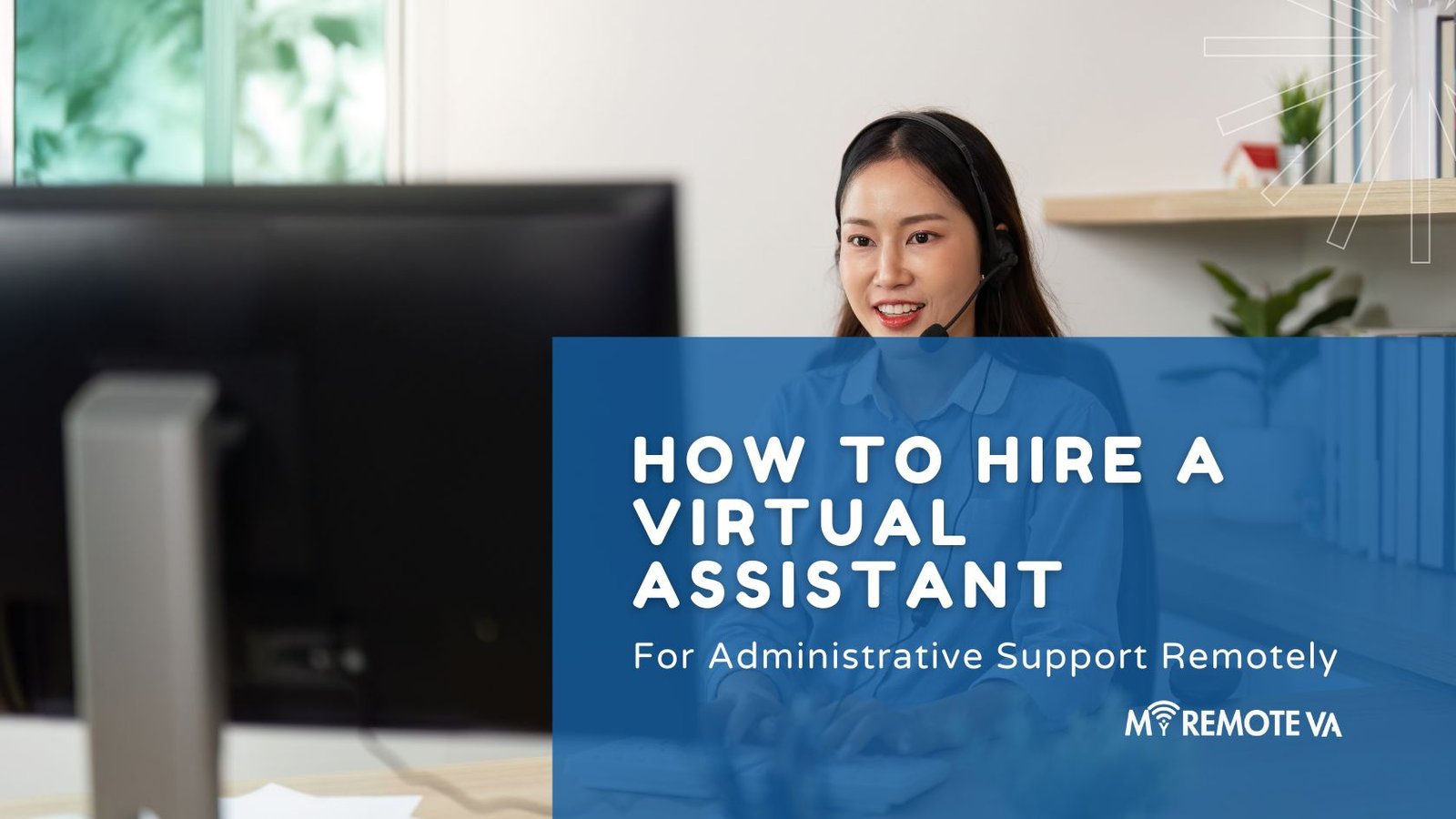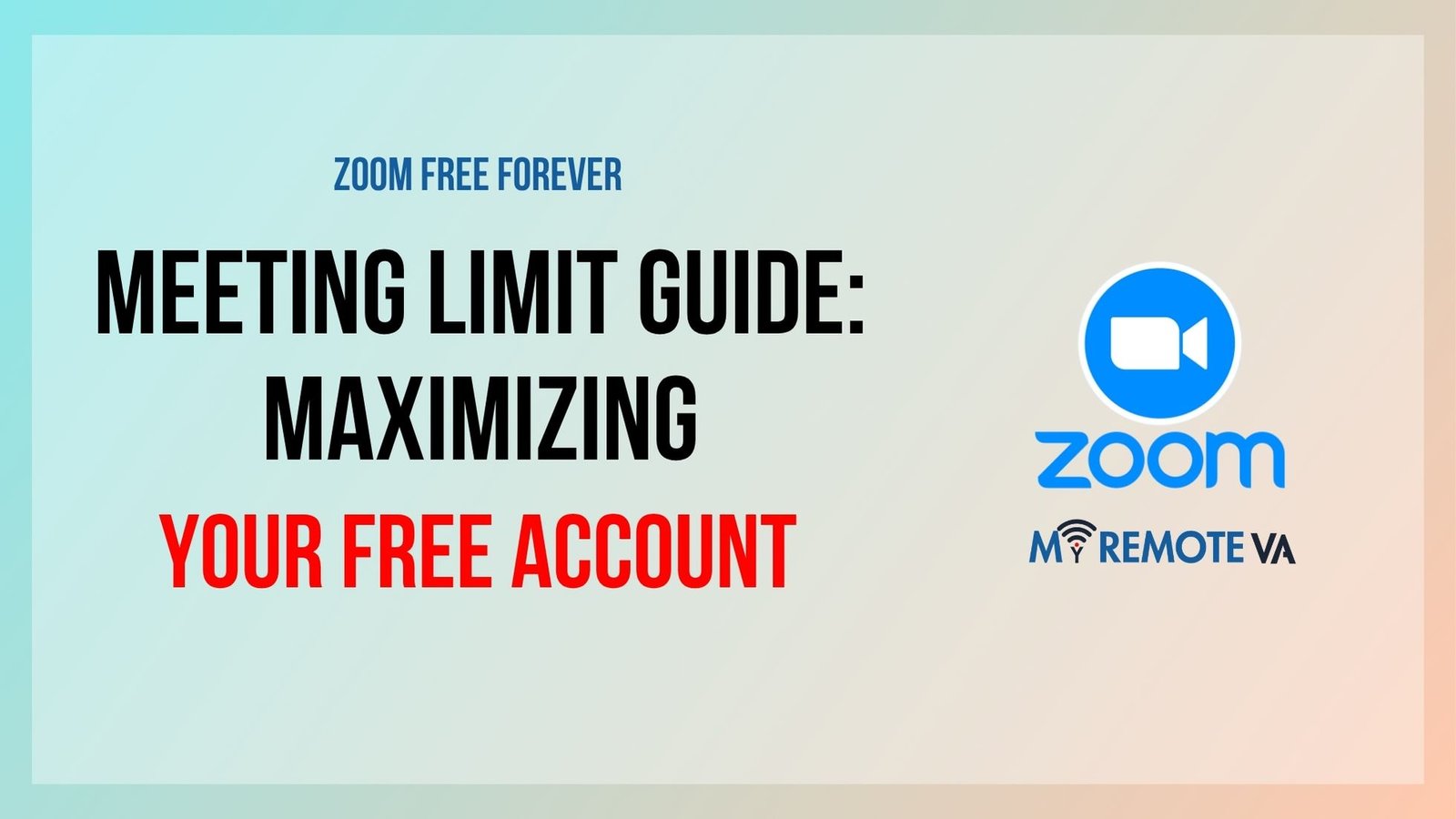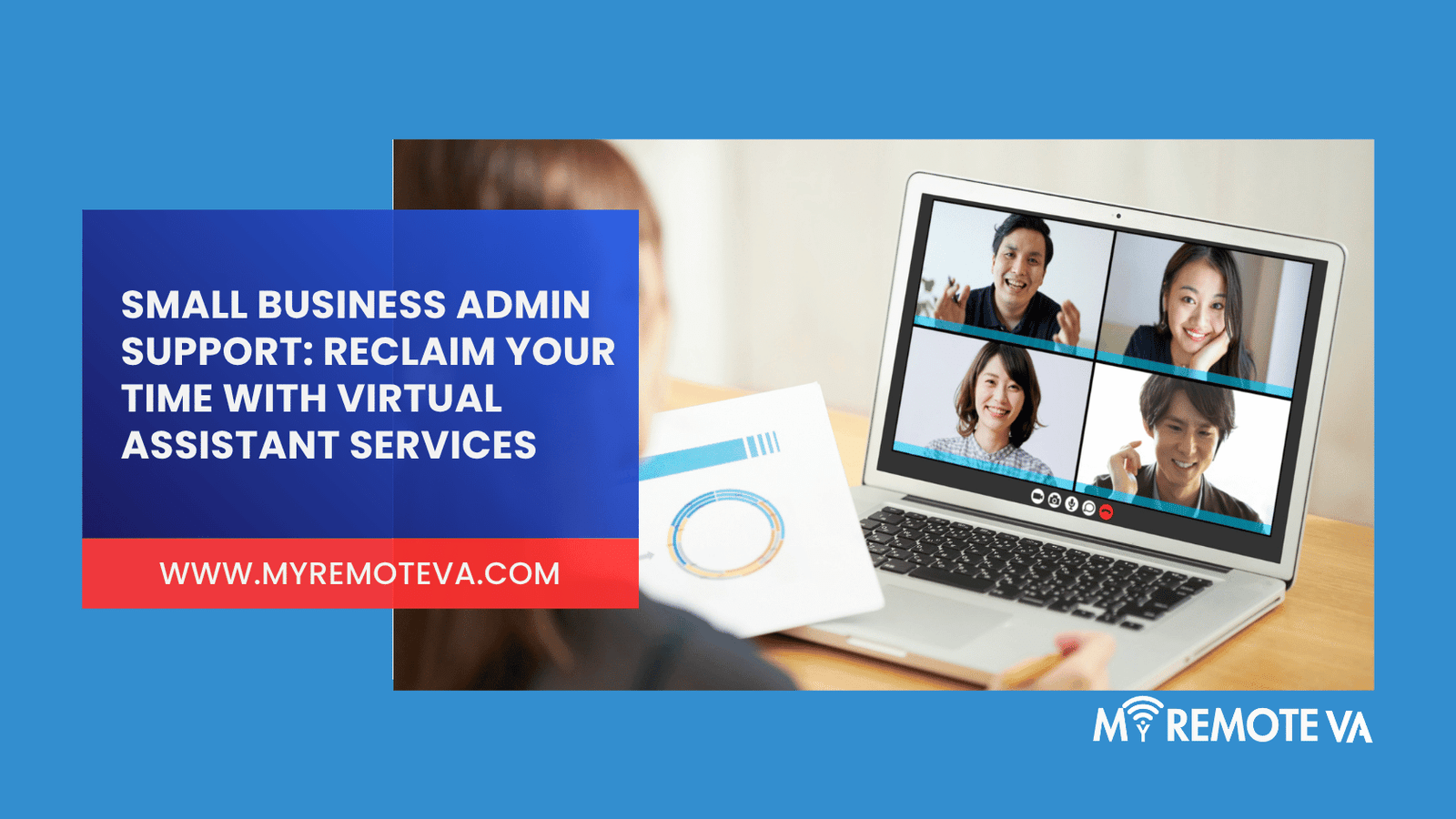How to Hire a Virtual Assistant for Administrative Support Remotely
Hiring a virtual assistant (VA) for administrative support can significantly streamline your workload and free up valuable time. Here’s a breakdown of the process for finding and onboarding a remote administrative VA:
- How to Hire a Virtual Assistant for Administrative Support Remotely
- 1. Defining Your Needs and Requirements
- 2. Finding the Right Virtual Assistant
- 3. Interviewing and Assessing Candidates
- 4. Onboarding and Training Your Virtual Assistant
- 5. Managing and Monitoring Performance
- 6. Legal and Payment Considerations
- 7. Recent Market Signals (USA, UK, New Zealand, Singapore, Australia, UAE - Last Month)
- FAQ: Hiring a Virtual Assistant for Administrative Support Remotely
1. Define Your Needs and Scope
Before you begin your search, clearly define the administrative tasks you want to delegate. This might include:
- Calendar management and scheduling
- Email management and inbox organization
- Data entry and database maintenance
- Travel arrangements
- Document preparation and formatting
- Basic bookkeeping tasks
- Customer support inquiries
Knowing the specific tasks will help you identify the skills and experience you need in a VA.
2. Determine Your Budget and Time Commitment
Virtual assistant rates vary depending on experience, skill set, and location. Establish a budget and consider different pricing models, such as hourly rates or monthly retainers. Also, factor in the time you’ll need to spend initially training and onboarding your VA.
3. Choose a Hiring Method
Several options exist for finding a VA:
- Freelance Platforms: Platforms like Upwork or Fiverr connect you with individual VAs. This can be a cost-effective option, but requires more vetting and management on your part.
- Virtual Assistant Agencies: Agencies provide pre-vetted VAs and often handle the hiring, training, and management aspects. This can be a higher-cost option but offers more support. Agencies often specialize in certain types of virtual assistance like expert virtual assistant support for startups, founders, agencies, and busy professionals through flexible hourly and team-based plans. You can delegate admin, tech, customer support, marketing, creative tasks, or executive work.
4. Screening and Interviewing Candidates
Once you have a pool of candidates, carefully review their profiles, portfolios, and client testimonials. Conduct thorough interviews to assess their skills, communication style, and problem-solving abilities. Consider giving them a small test task to evaluate their performance.
5. Onboarding and Training
Clearly communicate your expectations, processes, and preferred communication methods. Provide thorough training on the specific tasks they’ll be handling. Be patient and provide ongoing feedback to ensure they’re meeting your needs.
6. Regular Communication and Performance Monitoring
Establish regular communication channels, such as daily or weekly check-ins. Monitor their performance and provide constructive feedback. Tools like project management software and time tracking apps can help you stay organized and track progress.
By following these steps, you can effectively hire a virtual assistant for administrative support remotely and delegate tasks to improve productivity and free up your time.
1. Defining Your Needs and Requirements
Before you begin your search for a virtual assistant (VA) for administrative support, it’s crucial to clearly define your needs and requirements. This foundational step will save you time and ensure you find a VA who is the right fit for your business.
Identify Your Tasks
Start by creating a comprehensive list of administrative tasks you want to delegate. This might include:
- Scheduling appointments and managing calendars
- Managing email correspondence and filtering spam
- Data entry and database management
- Preparing reports and presentations
- Travel arrangements and booking
- Social media management (basic tasks)
- Customer service and support (answering inquiries)
- Other general administrative duties
Determine the Required Skills and Experience
Once you have a list of tasks, identify the specific skills and experience your VA will need to perform them effectively. Consider:
- Proficiency in specific software (e.g., Microsoft Office Suite, Google Workspace, CRM software)
- Strong organizational and time management skills
- Excellent communication and interpersonal skills
- Attention to detail and accuracy
- Experience in a particular industry or field (if relevant)
Establish Your Budget
Determine your budget for hiring a virtual assistant. VA rates can vary depending on experience, location, and the type of services provided. Consider whether you prefer an hourly rate or a fixed monthly fee. Some VA services provide curated Hourly Monthly Plans (e.g., 5, 10, 20, 30 hours). Others offer Dedicated Plans for a set number of hours per week or month. Some even provide a free trial or introductory offer to test their services.
Consider Time Zone and Availability
Think about the time zone and availability you require from your virtual assistant. Do you need someone available during your business hours, or are you flexible with their location and schedule?
Outline Your Communication Preferences
Establish how you prefer to communicate with your VA (e.g., email, phone, video conferencing). Clear communication is essential for a successful working relationship.
2. Finding the Right Virtual Assistant
Hiring a virtual assistant for administrative support involves more than just posting a job description. It’s about finding someone whose skills, experience, and work style align with your needs and company culture. Consider these crucial steps:
Defining Your Needs
Before you start searching, clearly define the administrative tasks you need help with. This could include:
- Managing your calendar and scheduling appointments
- Handling email correspondence
- Data entry and organization
- Travel arrangements
- Creating presentations or reports
- Social Media Management
- Customer Service/Support
The more specific you are, the easier it will be to find a VA with the relevant expertise. Knowing the scope of work also helps determine how many hours of support you’ll need, which can influence the type of plan you choose.
Where to Look for Virtual Assistants
Several platforms and strategies can help you find the perfect virtual assistant:
- Online Job Boards: Sites like Indeed, LinkedIn, and specialized VA job boards are great for posting job descriptions and attracting a wide range of candidates.
- Freelance Platforms: Platforms such as Upwork and Fiverr connect you with freelancers offering various administrative services.
- Virtual Assistant Companies: These companies specialize in providing pre-screened VAs, often offering different service levels and management support.
- Referrals: Ask your network for recommendations. A referral can often lead to a quicker and more reliable hire.
Evaluating Candidates
Once you have a pool of potential candidates, carefully evaluate their qualifications and suitability:
- Review their resumes and profiles: Pay attention to their experience, skills, and any relevant certifications.
- Conduct interviews: Ask specific questions about their experience with similar tasks, their communication style, and their problem-solving abilities.
- Request samples of their work: This allows you to assess the quality of their work firsthand.
- Check references: Contact previous clients to get feedback on their performance and reliability.
Assessing Skills and Expertise
Beyond general administrative skills, consider the specific technical skills required for the role. Do they need proficiency in specific software programs (e.g., Microsoft Office Suite, Google Workspace, CRM software)? Are they familiar with project management tools like Asana or Trello? Identifying these needs early on will help narrow down your search.
Some companies offer flexible hourly and team-based plans. You can delegate admin, tech, customer support, marketing, creative tasks, or executive work. A Dedicated Supervisor manages your VA, shift, processes, and reporting so you don’t have to. These companies usually have Hourly Monthly Plans or build a team with Dedicated Plans, for different hour requirements.
Remember to prioritize clear communication, reliability, and a proactive attitude when making your final decision. A good virtual assistant can significantly streamline your administrative tasks and free up your time to focus on more strategic initiatives.
3. Interviewing and Assessing Candidates
Once you’ve sourced a pool of potential virtual assistants, the next crucial step is the interview process. This is your opportunity to assess their skills, experience, and suitability for the administrative support role, all while operating remotely.
Initial Screening
Before diving into in-depth interviews, consider a brief initial screening. This can be a short phone call or questionnaire to quickly filter out candidates who don’t meet your basic requirements, such as availability, desired pay rate, or fundamental skills.
Structured Interviews
Employ structured interviews to ensure a consistent evaluation across all candidates. Prepare a set of standardized questions focusing on:
- Experience: Ask about their previous experience in administrative support roles, specifically highlighting tasks relevant to your needs (e.g., calendar management, data entry, email correspondence).
- Skills: Probe their proficiency in relevant software and tools (e.g., Microsoft Office Suite, Google Workspace, CRM systems). Ask for specific examples of how they’ve used these tools.
- Communication: Assess their written and verbal communication skills. Pay attention to their clarity, conciseness, and professionalism.
- Problem-Solving: Present hypothetical scenarios related to common administrative challenges and ask them how they would approach the situation.
- Time Management: Inquire about their strategies for prioritizing tasks, meeting deadlines, and managing their workload effectively.
Skills Assessments
Supplement interviews with practical skills assessments. This could involve:
- Typing Tests: Evaluate their typing speed and accuracy.
- Software Proficiency Tests: Assess their ability to use specific software programs.
- Writing Samples: Request writing samples to evaluate their grammar, spelling, and writing style.
- Simulated Tasks: Assign a small, realistic task that they would be expected to perform in the role. This provides valuable insight into their work quality and efficiency. For example, you might ask them to schedule a meeting based on specific criteria or draft an email response to a customer inquiry.
Checking References
Always check references to verify the candidate’s employment history and performance. Ask previous employers about their strengths, weaknesses, and overall reliability.
Trial Period
Consider implementing a trial period. This allows you to assess the VA’s performance in a real-world setting before committing to a long-term engagement. Define clear objectives and expectations for the trial period and provide regular feedback. This is also a good time to get familiar with the tasks and the delegation process. This is especially beneficial since you’ll be working together remotely.
4. Onboarding and Training Your Virtual Assistant
Successfully onboarding and training your virtual assistant is crucial for a productive and long-lasting working relationship. A well-structured onboarding process sets clear expectations and ensures your VA has the tools and knowledge to succeed in their administrative support role.
Initial Setup and Communication
Begin by providing your VA with the necessary access to your systems and tools. This might include email accounts, project management software, shared drives, and any other platforms they’ll need to use. Establish clear communication channels and response time expectations. Define preferred methods of communication (e.g., email, instant messaging, video calls) and agree on a schedule for regular check-ins.
Defining Roles and Responsibilities
Clearly outline the specific tasks and responsibilities you expect your VA to handle. Provide detailed instructions for each task, including any relevant procedures or guidelines. Consider creating standard operating procedures (SOPs) for frequently performed tasks to ensure consistency and efficiency. Be as specific as possible to avoid ambiguity and potential errors.
Training and Skill Development
Invest time in training your VA on your preferred workflows and processes. This might involve video tutorials, screen recordings, or live training sessions. Encourage your VA to ask questions and provide feedback. Consider providing opportunities for ongoing skill development, such as online courses or webinars, to enhance their abilities and keep them up-to-date with industry best practices. Delegating gradually can ensure the VA is adequately trained on each task.
Ongoing Support and Feedback
Provide continuous support and feedback to your VA. Regularly review their work and offer constructive criticism. Acknowledge and praise their accomplishments to foster a positive and motivating work environment. Schedule regular performance reviews to discuss progress, identify areas for improvement, and set new goals. Remember that effective communication and collaboration are essential for a successful virtual assistant partnership.
Many virtual assistant service providers offer support beyond just task execution. Expert virtual assistant support for startups, founders, agencies, and busy professionals may include a Dedicated Supervisor managing your VA, shift, processes, and reporting so you don’t have to, helping with onboarding and training. Consider these solutions for streamlined integration.
5. Managing and Monitoring Performance
Successfully managing a remote virtual assistant is crucial to ensuring they’re effectively supporting your administrative needs. Clear communication, well-defined tasks, and consistent monitoring are key elements of this process.
Setting Expectations and Communication
Begin by clearly outlining your expectations. Provide detailed instructions for each task, including deadlines, specific requirements, and preferred communication methods. Regular check-ins, whether daily or weekly, are vital for providing feedback, answering questions, and ensuring the VA stays on track. Use project management tools or communication platforms to maintain a centralized location for tasks, updates, and important information.
Tracking Progress and Performance
Implement systems for tracking the VA’s progress and performance. This could involve using project management software to monitor task completion, tracking time spent on different activities, and regularly reviewing the quality of their work. Consider using Key Performance Indicators (KPIs) to measure their effectiveness. For example, you might track the number of emails processed, appointments scheduled, or documents created per week.
Providing Feedback and Recognition
Regular feedback is essential for helping your VA improve and stay motivated. Provide constructive criticism on areas where they can enhance their skills, and offer positive reinforcement for their accomplishments. Acknowledging their hard work and recognizing their contributions can significantly boost their morale and productivity. Remember that a happy and engaged VA is more likely to deliver exceptional results.
Depending on the type of virtual assistant service you choose, there might be additional levels of support available. Some services provide dedicated supervisors who manage the VAs, shifts, processes, and reporting. This can be a significant benefit, freeing you from the day-to-day management tasks and allowing you to focus on your core business. These supervisors often handle training, quality control, and performance monitoring, ensuring that your VA is consistently meeting your expectations.
6. Legal and Payment Considerations
When hiring a virtual assistant remotely, it’s crucial to address legal and payment aspects upfront to ensure a smooth and compliant working relationship.
Defining the Working Relationship
Clarify whether the virtual assistant is being hired as an independent contractor or an employee. This distinction carries significant legal implications, particularly regarding taxes, benefits, and labor laws. Typically, VAs providing administrative support remotely operate as independent contractors.
Contract Agreements
A well-defined contract is essential. This document should clearly outline the scope of work, responsibilities, payment terms, confidentiality clauses, intellectual property rights, termination clauses, and governing law. Consider consulting with a legal professional to ensure the contract is comprehensive and legally sound.
Payment Methods and Schedules
Establish clear payment terms, including the currency, payment frequency (e.g., bi-weekly, monthly), and acceptable payment methods. Popular options include:
- Online Payment Platforms: Services like PayPal, Wise, and others facilitate international payments.
- Direct Bank Transfers: Suitable for established relationships and larger payments.
Also, explicitly state how expenses, if any, will be reimbursed. For instance, if the VA needs to purchase software or materials for tasks, define the reimbursement process in advance.
Data Security and Confidentiality
Administrative support often involves handling sensitive information. Implement measures to protect data security. This includes using secure communication channels, password management protocols, and potentially a Non-Disclosure Agreement (NDA). The contract should explicitly address data protection obligations and the consequences of breaches.
Compliance with Labor Laws
Even though the VA is working remotely, be mindful of labor laws in their location, particularly regarding working hours, minimum wage (if applicable), and overtime. While your company might not be directly subject to these laws if the VA is an independent contractor, ethical considerations and reputation management warrant attention to fair labor practices.
Insurance
Consider if the VA requires any specific insurance. If they are working as an independent contractor they should have their own general liability insurance to cover them if someone is injured or property is damaged as a result of their business.
7. Recent Market Signals (USA, UK, New Zealand, Singapore, Australia, UAE – Last Month)
Demand for remote administrative virtual assistants remains strong across the USA, UK, New Zealand, Singapore, Australia, and UAE, indicating a continued shift towards flexible work solutions. Businesses in these regions are increasingly recognizing the value of outsourcing administrative tasks to improve efficiency and reduce overhead costs. The last month has seen specific trends emerge:
United States
In the US, the need for administrative VAs is driven by startups and small businesses seeking cost-effective support, as well as larger companies aiming to streamline operations. The focus is on tasks such as calendar management, email handling, and data entry. This aligns with the fundamental advantage of VA services: offering expert support for startups, founders, agencies, and busy professionals through flexible hourly and team-based plans.
United Kingdom
The UK market demonstrates a growing interest in VAs who can provide comprehensive administrative services, including customer service and social media management. Businesses are looking for VAs who can manage a wide range of tasks, freeing up their core team to focus on strategic initiatives. This is why team-based plans of 80 hours, or for 160 hours, or multi-VA setups are really attractive.
New Zealand & Australia
Both New Zealand and Australia show a strong preference for VAs with excellent communication skills and a proactive approach. Businesses value VAs who can work independently and take initiative to resolve issues, providing a seamless extension of their internal teams. These markets often seek assistance with scheduling, travel arrangements, and basic bookkeeping.
Singapore
In Singapore, there’s an increasing demand for bilingual VAs who can cater to the diverse business landscape. Companies are seeking assistance with translation, client communication, and administrative tasks related to international trade. The demand is for very efficient individuals.
UAE
The UAE market is experiencing growth in demand for administrative VAs, particularly those who can support businesses in the real estate, finance, and hospitality sectors. Tasks such as property management, document processing, and client relationship management are in high demand.
Overall, the market signals suggest a consistent and increasing need for remote administrative virtual assistants across these regions. The key is to choose a service that provides flexibility, experienced VAs, and robust support to ensure a seamless integration into your business operations.
FAQ: Hiring a Virtual Assistant for Administrative Support Remotely
What types of administrative tasks can a virtual assistant handle?
A virtual assistant (VA) can handle a wide range of administrative tasks remotely, freeing you up to focus on core business activities. These tasks commonly include:
- Calendar Management: Scheduling appointments, managing meetings, and sending reminders.
- Email Management: Organizing inboxes, filtering emails, and responding to routine inquiries.
- Data Entry: Inputting and organizing data into spreadsheets, databases, or CRM systems.
- Travel Arrangements: Booking flights, hotels, and transportation.
- Document Preparation: Creating and formatting documents, presentations, and reports.
- Customer Service: Responding to customer inquiries via email, phone, or chat.
- Social Media Management: Scheduling posts, engaging with followers, and monitoring social media channels.
- Research: Conducting online research for various projects.
What are the benefits of hiring a virtual assistant for administrative support?
Hiring a virtual assistant offers several key advantages:
- Cost Savings: Avoid the expenses associated with hiring a full-time employee, such as salary, benefits, and office space.
- Increased Productivity: Delegate time-consuming administrative tasks to a VA, allowing you to focus on revenue-generating activities.
- Flexibility: Scale your support as needed, increasing or decreasing VA hours based on your workload.
- Access to Expertise: Tap into a pool of skilled professionals with specialized knowledge and experience.
- Improved Work-Life Balance: Free up your time to focus on personal priorities and reduce stress.
How do I find and hire a qualified virtual assistant?
There are several ways to find and hire a qualified virtual assistant:
- Freelance Platforms: Utilize online platforms that connect businesses with freelance VAs. Carefully review profiles, check references, and conduct interviews to assess skills and experience.
- Virtual Assistant Agencies: Partner with a virtual assistant agency that specializes in providing administrative support. These agencies typically vet their VAs and offer support and management services. Some offer curated hourly monthly plans such as 5, 10, 20, or 30 hours; or team-based dedicated plans. This way, businesses can delegate admin, tech, customer support, marketing, creative tasks, or executive work.
- Referrals: Ask your network for recommendations. A personal referral can provide valuable insights into a VA’s reliability and work ethic.
What should I look for in a virtual assistant’s skills and experience?
When evaluating potential VAs, consider the following:
- Strong Communication Skills: Excellent written and verbal communication skills are essential for effective collaboration.
- Organizational Skills: A VA should be highly organized and detail-oriented to manage tasks efficiently.
- Technical Proficiency: Familiarity with relevant software and tools, such as Microsoft Office Suite, Google Workspace, and CRM systems.
- Time Management Skills: The ability to prioritize tasks, meet deadlines, and manage their time effectively.
- Problem-Solving Skills: The ability to identify and resolve issues independently.
- Experience in Administrative Support: Prior experience in a similar role is a significant advantage.
How can I effectively manage a virtual assistant remotely?
Successful remote management requires clear communication, well-defined expectations, and a collaborative approach:
- Establish Clear Expectations: Clearly define the VA’s roles, responsibilities, and performance metrics.
- Communicate Regularly: Schedule regular check-ins to discuss progress, provide feedback, and address any challenges.
- Use Project Management Tools: Utilize project management software to track tasks, deadlines, and communication.
- Provide Training and Support: Offer training on specific tasks or software to ensure the VA has the necessary skills.
- Offer Constructive Feedback: Provide regular feedback to help the VA improve their performance.
- Build a Relationship: Foster a positive and collaborative working relationship to promote trust and open communication.














